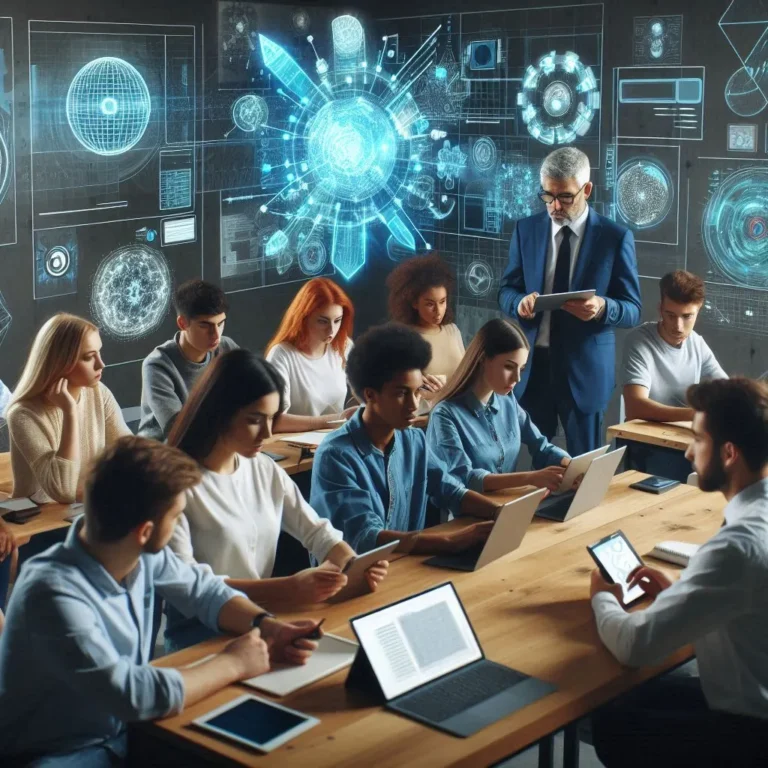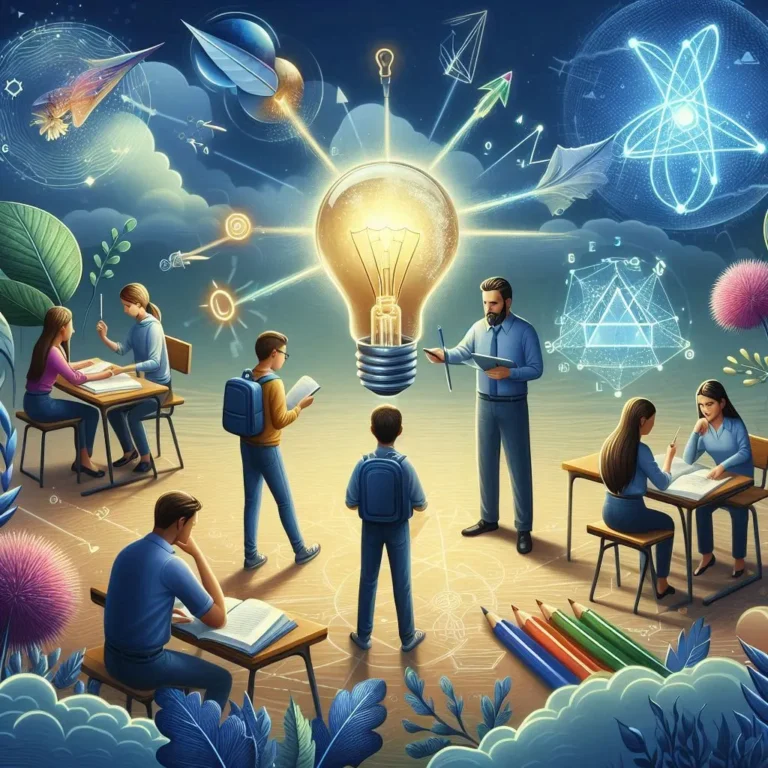Challenges and Barriers in Offering Educational Equity: 2025
Table of Contents
Educational Equity
Isn’t equal opportunities in education a no-brainier? However, look beneath the surface and it becomes apparent that achieving true educational equity is no easy road. Think of a classroom in which the same potential to learn exists among students but where, on adversity scales that range from financial hardship to societal prejudice, difference immeasurably abounds. The fact of the matter is that while everyone agrees education changes lives, it will be a very difficult task to get everybody on an even keel.
For instance, consider the way financial support is delivered. Schools located in more affluent areas usually have better equipment, longer-serving teachers and an expanded range of extra-curricular options. Conversely, schools serving as the centre of less-privileged neighbourhoods are equipped with outdated textbooks & learning materials, extremely crowded classrooms and a shortage basic resources.

It is easy to see how it would be tough for them to bridge the gap, and once again its often the students who end up paying into an educational system they had no say in causing. Now I know this is one slice of it, but talk about a systemic grind — that affects anything from their whole future to the aspirations these young learners will have going forward.
Second type of hindrance is the lack of good teachers. In short: great teachers do one thing really, ridiculously well. However the likelihood that qualified teachers will flock to a school/language program equipped with more resources, higher pay and better safety rating has historically rendered less experienced or trained instructors in lower-income areas.
This inequity of teachers simply continues the cycle: students in low-income areas continue to fall behind, not due to lack of ability but because they are not provided with equal opportunities. Picture being a dedicated student who just wants to learn, yet is constantly learning from teachers that are overworked, under paid and in some cases — very unqualified. And when you feel like interactive is not assisting, your interest to master can shrivel right then and there.

There are also the inequities highlighted by COVID-19 that stem from a lack of universal broadband access, known as the digital divide. As schools moved to online learning though, many of these students had no access to the required technology — and nothing at all, not one laptop between them.
Some kids attended virtual classes through an I Phone that belonged to their mo with no WI-F, while other kids never even logged on because they could not. This digital abyss soon translated to educational disparities as students from more affluent families were able continue their learning while others struggled. While the pandemic has highlighted this concern, it is not new and levels the playing field for students who have fallen behind their classmates in a technology-driven society.
In a sense, societal and cultural biases also are highly responsible for limiting ensuring educational opportunities. Girls and women are limited by gender norms; e.g. in some communities girls cannot go to school, study relevant subjects such as STEM. Likewise, ethnic minority students may also experience overall lower teacher and peer expectations and negative stereotypes which can impact their self-efficacy beliefs as well as how they perform in school.

It is like being locked in a box, making it easy for other biases to simply degrade students and make them feel that they do not belong or are unable to succeed—at all. And dismantling this structure requires educators, policymakers and neighbourhoods partnering together in order to inspire every child they come into contact with, enabling them all the way.
And finally, the quiet struggle of an insidious language barrier. For instance, in many countries the schools teach a language other than what children are speaking at home & vice versa. Think about trying to work out a match problem, or write an essay in another language that you barely understand. This is the reality for many immigrant and minority students who are forced into a system not equipped to tend to their linguistic needs.
These students are expected to rapidly adjust, but left without adequate support they may slide through the cracks not because they are innately less capable, rather with unconsciously improve we will impose on them an extra layer of difficulty which their peers do face.

So, where does this leave us? Reaching the ideal of universality in education is an arduous journey strewn with roadblocks and realising them could be half battle won. Education is a weapon, to be sure — but only as strong as the machinery you allow it inside of.
Through nationalisations of the obstacles — from funding gap and teacher credentials to digital inequalities, stereotype barriers, language difficulties — we have received a new perspective on how they can be overcome in unison and that perhaps an impartial structure might emerge any time soon. If you want to dig in more into any of these items or have specific questions, just drop me a line and we can collect together your need.
FAQs:
What are the major obstacles to equal education opportunities?
Some of the challenges are funding disparities, teacher quality and accessibility problems, digital divide issues on top of societal biases shrouded by cultural norms especially with those stemming from language barrier. This is especially unequal for students in low-income or minority-majority communities.
Funding differences and educational opportunities
Discrepancies in funding disparities that result in uneven distribution of resources across schools. Schools in more affluent districts can hire experienced teachers, have wider curriculum choices and state of the art facilities while less resourced schools struggle without even basic supplies or quality buildings — all negatively affecting student outcomes.
Quick Response To Backlog – What is the Digital Divide and Why does it Worry our Pupils?
The digital divide is the separation in technology between students that have it and those that do not. This gap widened even more during the COVID-19 pandemic when students who did not have constant access to internet or devices had difficulties being part of online learning.
In what way are human and societal cultural biases keeping equal educational rights from becoming realised?
Societal and cultural biases, e.g., gender norms or racial stereotyping can push students away from education or lower expectations about their performance. Some of these biases can affect students’ self-esteem, academic performance and future prospects.
What aspects of language barriers make them so problematic in education?
They note that language barriers exist when the language used in teaching is not the same as what students speak at home. Unfortunately this disadvantage does not allow these students, usually immigrant or minority ones to learn faster but rather makes it more difficult and without the proper help that such new communities needed in order for them to even keep up with their countrymen academically.
How can these obstacles be overcome?
Solving these problems calls for specific policies and community action. These solutions involve providing consistent funding, training for teachers in under-resourced areas and access to proper technology — but also larger systemic changes like inclusive not just amongst students, making it possible for all sorts of genders to exist within our schools. Emperor said that more collaboration is needed in order to ensure a fairer educational system between educators, policymakers and communities.







